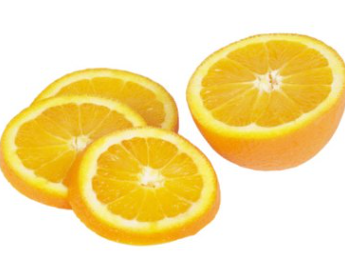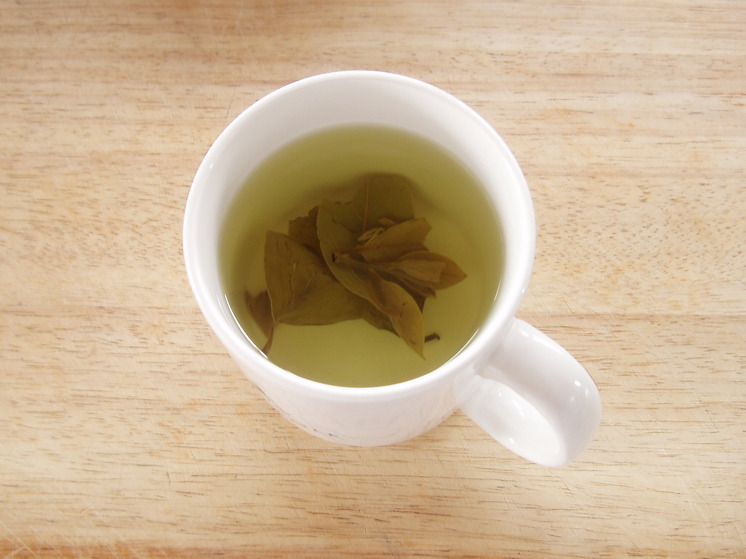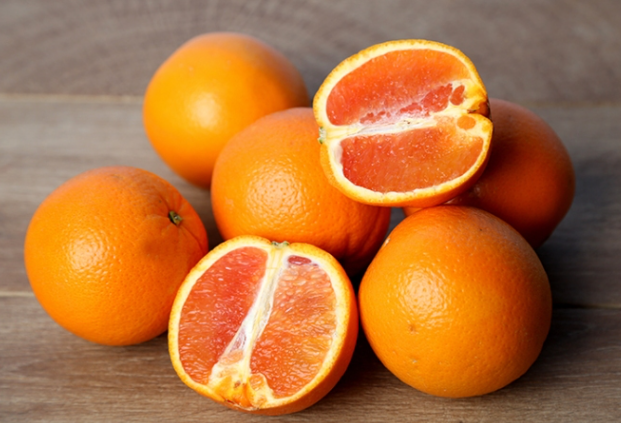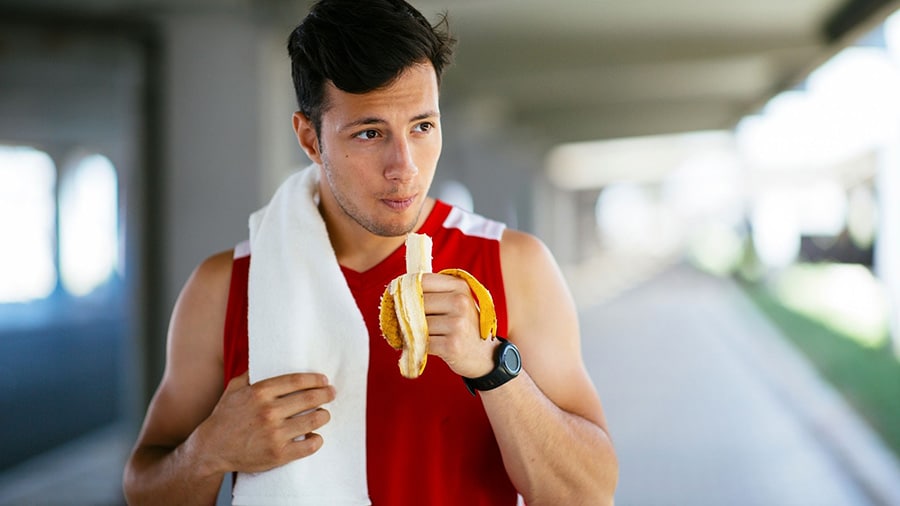If you have diabetes, figuring out what to eat can be tricky. Dried fruits are convenient and tasty, but are they a good choice for diabetics? Let’s delve into how dried fruits fit into a diabetic diet and provide answers to some common concerns.
Table of Contents
- What Exactly is Dried Fruit?
- Can Diabetics Enjoy Dried Fruits?
- What Benefits Do Dried Fruits Offer Diabetics?
- Lots of Fiber
- Nutrient-Rich
- Easy to Take Along
- What are the Downsides of Dried Fruits for Diabetics?
- Calorie-Dense
- Sugar Content
- How Can Diabetics Include Dried Fruits in their Diet Safely?
- Final Thoughts
What Exactly is Dried Fruit?
Dried fruits are just regular fruits with most of the water removed. They’re made by methods like sun-drying, using dehydrators, or freeze-drying. This process leaves you with a sweet snack that can last a long time without going bad. Raisins, apricots, dates, figs, prunes, and cranberries are a few examples of dried fruits.
Can Diabetics Enjoy Dried Fruits?
Diabetics can indeed enjoy dried fruit, though it should be in small amounts and ideally combined with protein. It’s best to choose dried fruits without added sugar, like plain raisins, apricots, and figs.
When it comes to dried fruits and diabetes, the most important thing is to watch how much you eat. These fruits are high in sugar, so eating too much can cause your blood sugar to rise quickly. But, if you eat them in small amounts, dried fruits can offer you fiber and other nutrients, which can help manage blood sugar and boost overall health.
What Benefits Do Dried Fruits Offer Diabetics?
Lots of Fiber
Dried fruits are full of fiber, which is great for controlling your blood sugar and keeping your digestive system working well. Fiber can also help you feel full, which is helpful if you’re trying to control your weight.
Nutrient-Rich
These fruits are packed with important vitamins and minerals, including potassium, iron, and calcium. These can support strong bones, a healthy heart, and a robust immune system.
Easy to Take Along
Dried fruits are super handy for a snack when you’re out and about. They’re simple to chuck into a lunchbox or stash in a bag or pocket, making them a smart choice when you’re busy.
What are the Downsides of Dried Fruits for Diabetics?
Calorie-Dense
Since dried fruits are smaller than fresh ones but still contain similar amounts of sugar and calories, it’s all too easy to eat too many calories from them. This might lead to weight gain, which is not good for managing diabetes.
Sugar Content
Again, dried fruits are quite sugary. It’s important for anyone with diabetes to keep an eye on their dried fruit intake to avoid spikes in blood sugar.
How Can Diabetics Include Dried Fruits in their Diet Safely?
If you have diabetes but still want to eat dried fruits, remember these pointers:
- Pick dried fruits without extra sugar to cut down on your sugar consumption.
- Be mindful of the amount – a ¼ cup serving is a good rule of thumb.
- Combine dried fruits with some protein like nuts or cheese to balance out the sugar and keep your blood sugar stable.
- Add dried fruits to your dishes for extra taste and nutrients. Try them in salads, oatmeal, or yogurt.
Final Thoughts
Dried fruits can work in a diet for diabetes when you pay attention to amounts. They’re loaded with beneficial nutrients and easy to carry around, but also come with a high calorie and sugar count. Choosing no-sugar-added dried fruits, combining them with protein, and sticking to small servings can help you maintain your blood sugar levels and stay healthy.







![Is Cucumber Good For Women's Health? [15 Impressive Benefits]"](https://fruitonix.com/wp-content/uploads/2023/09/Screenshot-2023-09-02-1.11.51-AM.png)

